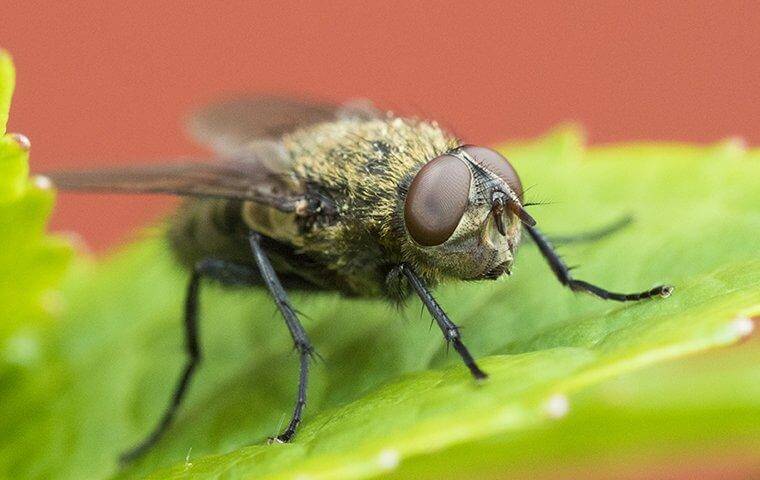 The first part of conquering any problem is understanding it fully. Every problem requires a different solution, and the same is true when dealing with different kinds of flies. When you see flies buzzing around your Reno property, you typically don’t stop to think about what kind of flies they are. However, understanding how to recognize a cluster fly infestation could save you from a lot of frustration.
The first part of conquering any problem is understanding it fully. Every problem requires a different solution, and the same is true when dealing with different kinds of flies. When you see flies buzzing around your Reno property, you typically don’t stop to think about what kind of flies they are. However, understanding how to recognize a cluster fly infestation could save you from a lot of frustration.
Cluster Flies Vs. House Flies
Since cluster flies are the same size as house flies, many people confuse these two pests. However, there are a few subtle differences you should be able to notice. Cluster flies are much slower than house flies, and they are much more attracted to warmth and light than house flies. You’ll typically notice cluster flies gravitating towards whatever side of the house the sun is on.
While house flies will invade your home at any point during the year, cluster flies usually inhabit your home during the fall, winter, or early spring months to avoid being stuck outside in colder temperatures. Plus, you may be able to tell a difference in the shape of their wings, as cluster flies’ wings completely overlap as they lay at rest, as opposed to the slight separation of house fly wings.
Cluster flies are unique in their breeding location. Laying their eggs in the ground, cluster flies feed on earthworms as larvae in the warm months before taking flight to overwinter indoors as it gets colder. House flies, on the other hand, typically nest indoors and raise their young away from the elements. Cluster flies earn their name from gathering in large groups on the warm side of houses where they’ll attempt to gain entry through cracks and crevices around window and door frames.
Prevention Necessities
Due to their tendency to gather in such large numbers, cluster flies can be a severe nuisance as their population grows, becoming apparent in nearly every part of an infested home or business. Thankfully, these flies are not known to cause illnesses or carry diseases, but they can create a very unsettling environment on your property. Business owners having to deal with cluster flies also might find themselves in danger of failed health inspections without the proper prevention solutions.
Many homeowners try to deal with the problem themselves by applying repellant at various entry points of the structure or even in the soil around the structure. Unfortunately, treating the soil won’t yield the desired results because cluster flies may still fly in from adjacent properties. It’s not always the cluster fly larvae that breed in your soil that end up within your walls as adults.
Other methods of treatments inside buildings include traps, foggers, and baits. However, when not deployed properly, these methods can end up failing to eradicate the entire infestation or harming the occupants. Since cluster fly infestations can get so numerous so quickly, it can be difficult for your own eradication methods to keep up.
Your best chance at DIY prevention methods involve sealing up potential entry points, which include all of the following and more:
- Windowsills
- Doorframes
- Chimneys
- Vents
- Torn screens
By addressing these areas, you can limit your chances of a cluster fly infestation. However, the only guaranteed prevention and eradication solutions come from the professional help of an expert pest technician. For help getting rid of cluster flies, or other flies, call the experts at Pestmaster® Services. Our knowledgeable pest technicians can guarantee you a fly-free home with quarterly treatments and a custom prevention plan to meet your needs. Don’t wait until you’re overrun with cluster flies. Give us a call today.
.png)
